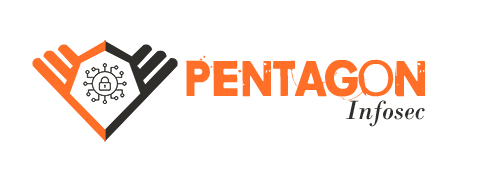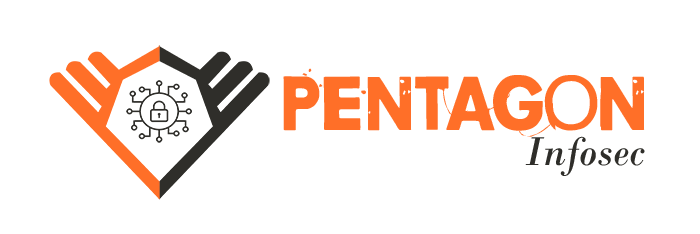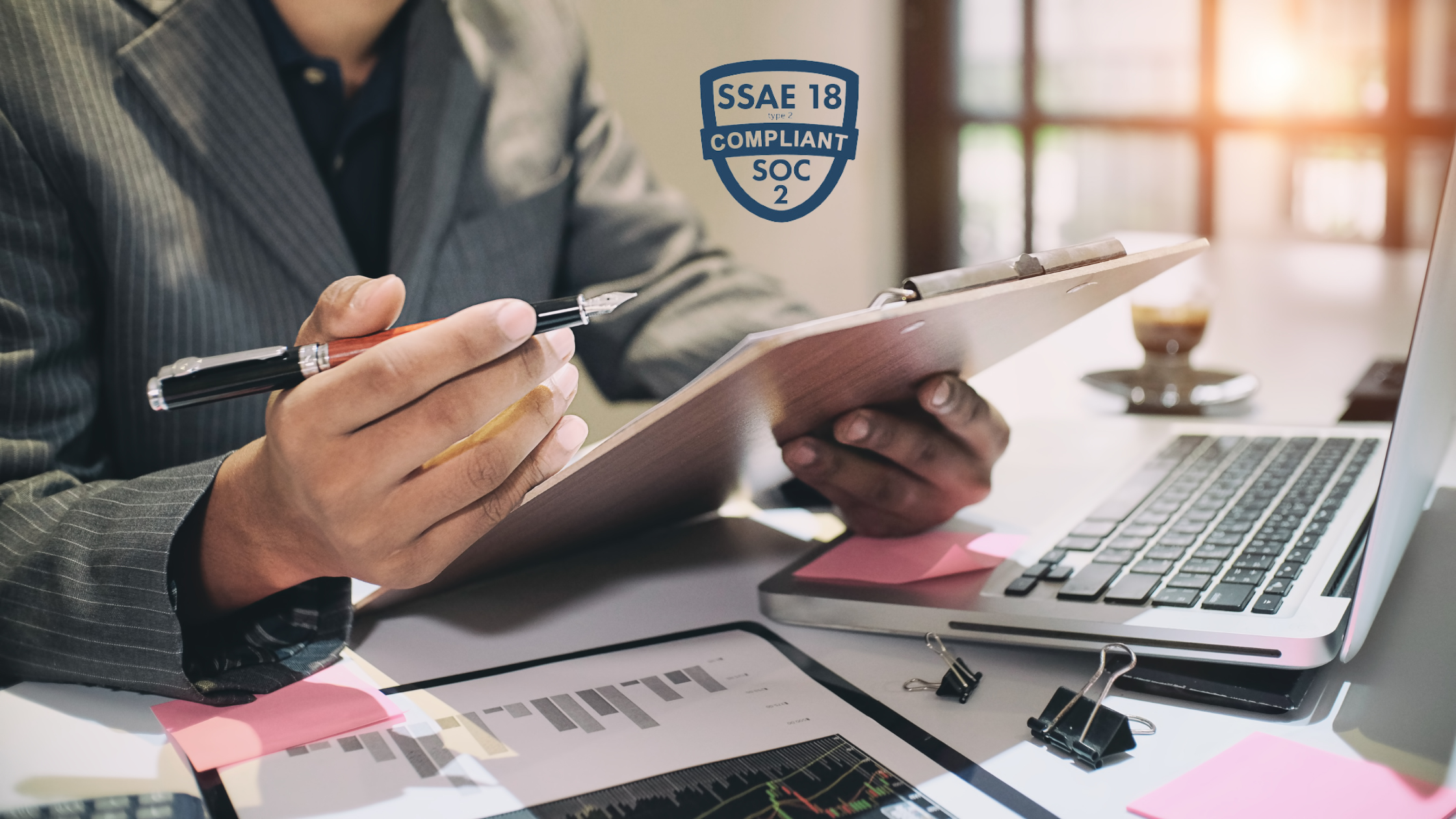Understanding SSAE 18 Reports: A Comprehensive Guide
In today’s interconnected business world, security and trust are paramount. One crucial aspect of ensuring this trust is understanding SSAE 18 certification. This blog will delve into what SSAE 18 reports are, why they matter, and how they impact businesses. Whether you’re a business owner, an auditor, or simply curious about industry standards, this guide will provide valuable insights into this important topic. Additionally, we’ll explore the benefits of SSAE 18 certification services and how they contribute to overall business security and reliability.
Definition of SSAE 18: SSAE 18, which stands for Statement on Standards for Attestation Engagements No. 18, is a set of guidelines that help service companies explain how they handle and manage their operations.
Purpose of SSAE 18 certification:
- Establishing Standards: SSAE 18 sets clear and standardised rules for service organizations to communicate and demonstrate their controls and processes. These standards provide a framework for consistent and reliable reporting.
- Promoting Transparency: By following SSAE 18 guidelines, service organizations are encouraged to be transparent about how they manage and safeguard data, ensuring that clients and stakeholders have a clear understanding of their operations.
- Ensuring Accuracy: SSAE 18 aims to ensure the accuracy and reliability of the information presented by service organizations regarding their controls and processes. This accuracy is crucial for making informed decisions and maintaining trust.
- Building Trust: Compliance with SSAE 18 standards helps service organizations build trust with clients, customers, investors, and other stakeholders. When organizations adhere to these standards, it demonstrates their commitment to transparency and accountability.
- Meeting Regulatory Requirements: For many service providers, SSAE 18 compliance is not just a best practice but a regulatory requirement. Adhering to SSAE 18 standards ensures that organizations meet industry and legal expectations, avoiding potential penalties and risks.
- Enhancing Credibility: Having an SSAE 18 report adds credibility to a service organization’s claims about their controls and processes. This credibility is valuable in competitive markets where trust and reliability are key differentiators.
Key Components
Absolutely! Here are the key components of an SSAE 18 report along with additional points:
- Management’s Description: This section of the SSAE 18 report is where the management of the service organization provides a detailed description of its system, including the controls in place and how they operate. This description helps stakeholders understand the organization’s processes and how they manage risks.
- Auditor’s Opinion: The auditor’s opinion is a critical part of the SSAE 18 report. It is an independent assessment by a qualified auditor that evaluates the fairness and accuracy of the management’s description. The auditor assesses whether the controls described are actually in place and operating effectively.
- Control Objectives: Within the management’s description, there are control objectives. These objectives outline what the controls are designed to achieve, such as data security, accuracy of financial reporting, or availability of services.
- Control Activities: The report also includes details about specific control activities implemented by the organization. These activities are the actual measures or procedures put in place to achieve the control objectives.
- Complementary User Entity Controls (CUECs): In some cases, the SSAE 18 report may include information about complementary user entity controls. These are controls that the service organization expects its clients or users to have in place to complement the services provided.
- Testing and Evidence: The report should also include information about the testing procedures used by the auditor to evaluate the effectiveness of controls. It may detail the sampling methods, tests performed, and evidence gathered during the audit process.
- Findings and Recommendations: If any deficiencies or areas of improvement are identified during the audit, the report may include findings and recommendations. This helps the service organization address weaknesses and enhance their control environment.
- Period Covered: The report specifies the period for which the assessment of controls is conducted. This could be a point-in-time assessment (Type I report) or cover a period of time (Type II report) to assess the effectiveness of controls over time.
- Management’s Response: In some cases, the management’s response to audit findings or recommendations may be included in the report. This demonstrates the organization’s commitment to addressing issues and improving control processes.
Types of SSAE 18 Reports
- SOC 1 Report:
- Purpose: A SOC 1 report focuses on controls related to financial reporting. It is relevant for service organizations that provide services impacting their clients’ financial statements (e.g., payroll processing, financial transaction processing).
- Scope: The report evaluates the design and operating effectiveness of controls relevant to the accuracy, completeness, and reliability of financial reporting.
- Types:
- Type I: This report assesses the design of controls at a specific point in time.
- Type II: This report evaluates the effectiveness of controls over a period of time, typically covering at least six months.
- SOC 2 Report:
- Purpose: A SOC 2 report focuses on controls related to security, availability, processing integrity, confidentiality, and privacy (known as the Trust Services Criteria).
- Scope: The report assesses controls relevant to protecting client data, ensuring system availability, maintaining data integrity, safeguarding confidential information, and respecting user privacy.
- Types:
- Type I: Similar to SOC 1 Type I, this report assesses control design at a specific point in time.
- Type II: Similar to SOC 1 Type II, this report evaluates control effectiveness over a period, providing assurance about the operational effectiveness of controls.
- SOC 3 Report:
- Purpose: A SOC 3 report provides a summary of the organization’s controls related to the Trust Services Criteria (security, availability, processing integrity, confidentiality, and privacy) in a format suitable for public distribution.
- Scope: It covers the same control areas as SOC 2 but is designed for broader use, such as marketing purposes or sharing with potential clients.
- Agreed-Upon Procedures (AUP):
- Purpose: An AUP engagement involves conducting specific procedures agreed upon by the service organization and the user entities to address specific concerns or requirements.
- Scope: The scope is defined by the agreed-upon procedures, which may focus on particular controls, transactions, or processes.
Each type of SSAE 18 report serves different purposes and focuses on specific control areas. SOC 1 is geared towards financial reporting controls, SOC 2 emphasizes security and related aspects, SOC 3 provides a summary suitable for public distribution, and AUP engagements are tailored to address specific needs or concerns. These reports play a crucial role in providing assurance to stakeholders about the effectiveness of controls within service organization.
Steps to Obtain SSAE 18 Certification
Obtaining SSAE 18 Certification involves several straightforward steps. Here’s a simplified guide:
- Understand Requirements: First, familiarize yourself with the requirements for SSAE 18 Certification. These requirements typically include having robust internal controls, compliance with relevant standards, and a commitment to data security.
- Engage with Auditors: Next, engage with certified public accountants (CPAs) or auditing firms that specialize in SSAE 18 assessments. These auditors will guide you through the certification process and help assess your organization’s readiness.
- Assessment Preparation: Prepare for the assessment by documenting your internal controls, risk management processes, and compliance measures. Ensure that your documentation is thorough and up to date.
- On-Site Assessment: The auditors will conduct an on-site assessment to evaluate the effectiveness of your internal controls and compliance with SSAE 18 standards. They will review documentation, interview key personnel, and perform testing procedures.
- Review Findings: After the assessment, the auditors will provide a report detailing their findings. This report will outline any areas of improvement or non-compliance that need to be addressed.
- Implement Recommendations: Implement any recommendations or corrective actions identified in the audit report. This may involve strengthening internal controls, enhancing data security measures, or addressing compliance gaps.
- Type 1 or Type 2 Report: Depending on your needs and the nature of your business, choose between a Type 1 or Type 2 SSAE 18 report. A Type 1 report assesses control design at a specific point in time, while a Type 2 report evaluates control effectiveness over a period.
- Final Certification: Once you have addressed any audit findings and completed the necessary improvements, the auditors will issue the final SSAE 18 certification. This certification demonstrates your organization’s commitment to internal controls, compliance, and data security.
By following these steps and working closely with auditors, you can successfully obtain SSAE 18 Certification and showcase your organization’s dedication to maintaining a secure and reliable environment for your clients.





